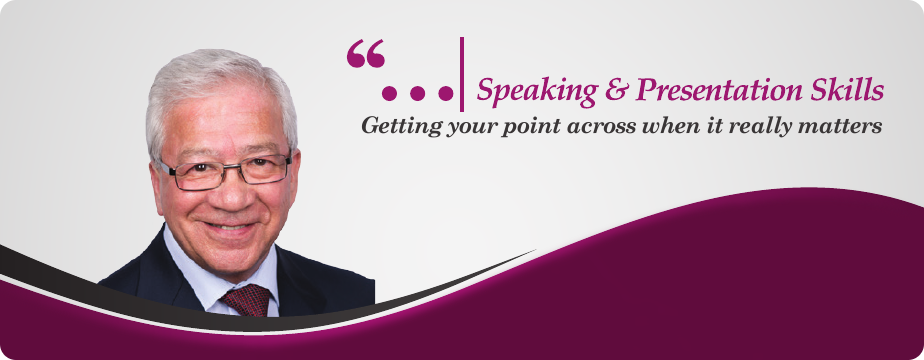Added value will get your price
It was raining on Bromley High Street this Saturday morning, a light shower wetting the market stalls, sending shoppers scurrying for shelter. A long line of people pressed up against two sides of a corner shop in Market Square, extending out into the open. The final dozen places in the queue were unprotected from the rain, so clearly they were not just aiming to keep dry.
“Why are you queuing?” I asked the lady who joined the end of the line.
“That jewellery shop is closing down,” she said, implying that there would be bargains.
People who might not normally buy jewellery from that shop were lining up to pay less than the regular price. The original asking price is the starting point, so any discount represents a gain for the buyer, who considers the item’s value to be at least as much as the original price, and possibly higher.
We all have two prices in our heads for any item of value: the price we’d set if we were selling (the true value) and the price we’d be willing to pay (the tipping point). In a closing down sale, you get both, the tipping point price that gets your wallet out, and the verified true value, represented by the original price.
In business, the gap between the two prices is the added value. It can be an actual figure or a perception. The perception can be enhanced by adding more items of value. That’s why US sales letters pile on bonuses, each with a stated cash value (worth $750).
Now imagine your product or offering can be placed in one pan of a pair of scales. The other pan contains the amount of your client’s money represented by your price. Initially, the client will feel that his pile of money weighs more than your offering, so no deal.
Now add as much (perceived) value as you can to your pan. When your pan weighs more than his pile of money, he’ll be glad to make the exchange. Recently I bought a camera in Singapore. I was prepared to pay £500, but the salesman wanted me to pay a little more. Not much more, just enough to feel he’d pushed me beyond my self-imposed limit.
So he added an extra SIM card, then a spare battery, then a battery charger, and something else. We reached the tipping point. I said I wanted one more incentive, so he added a lightweight tripod. I bought the camera. Win-win.


